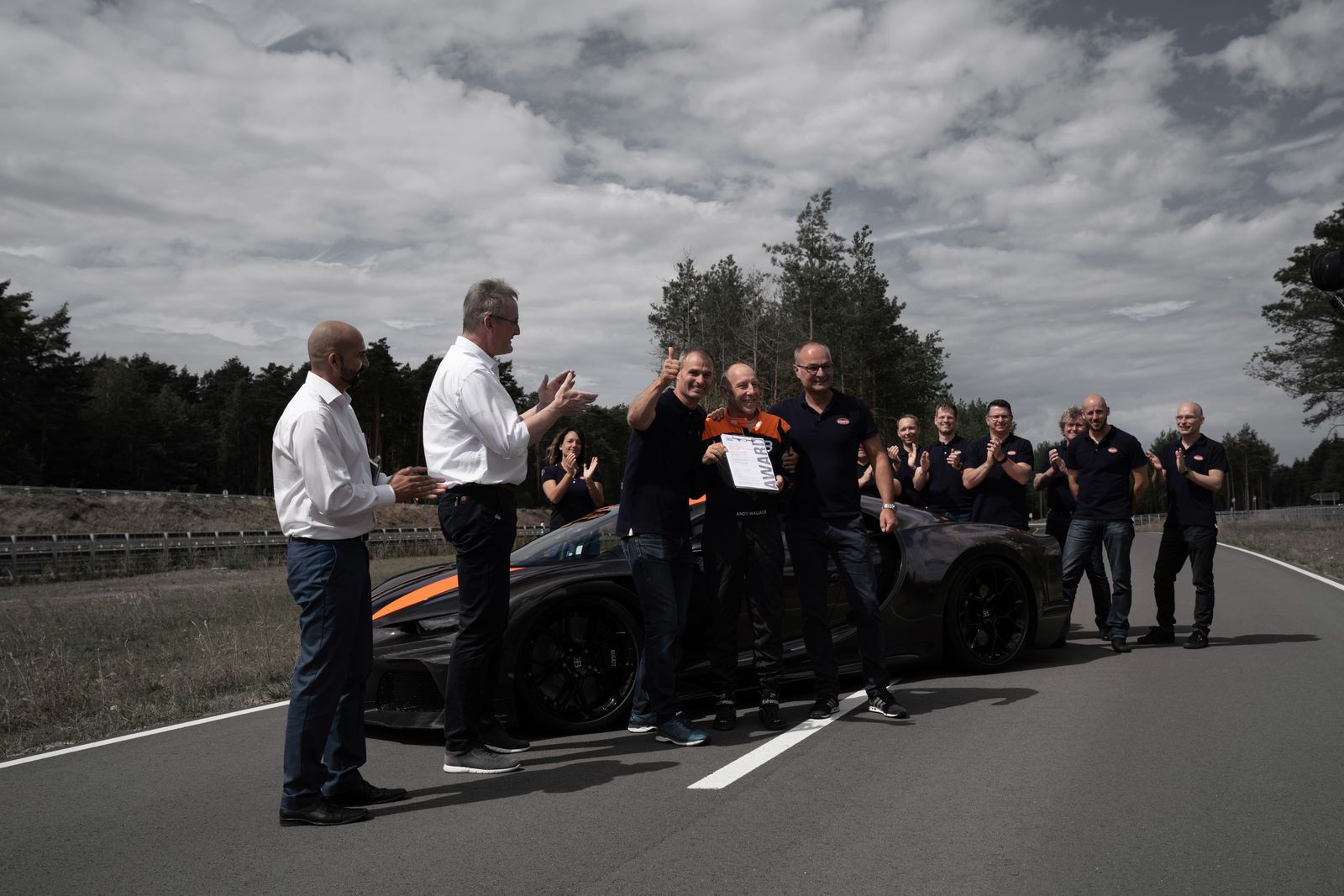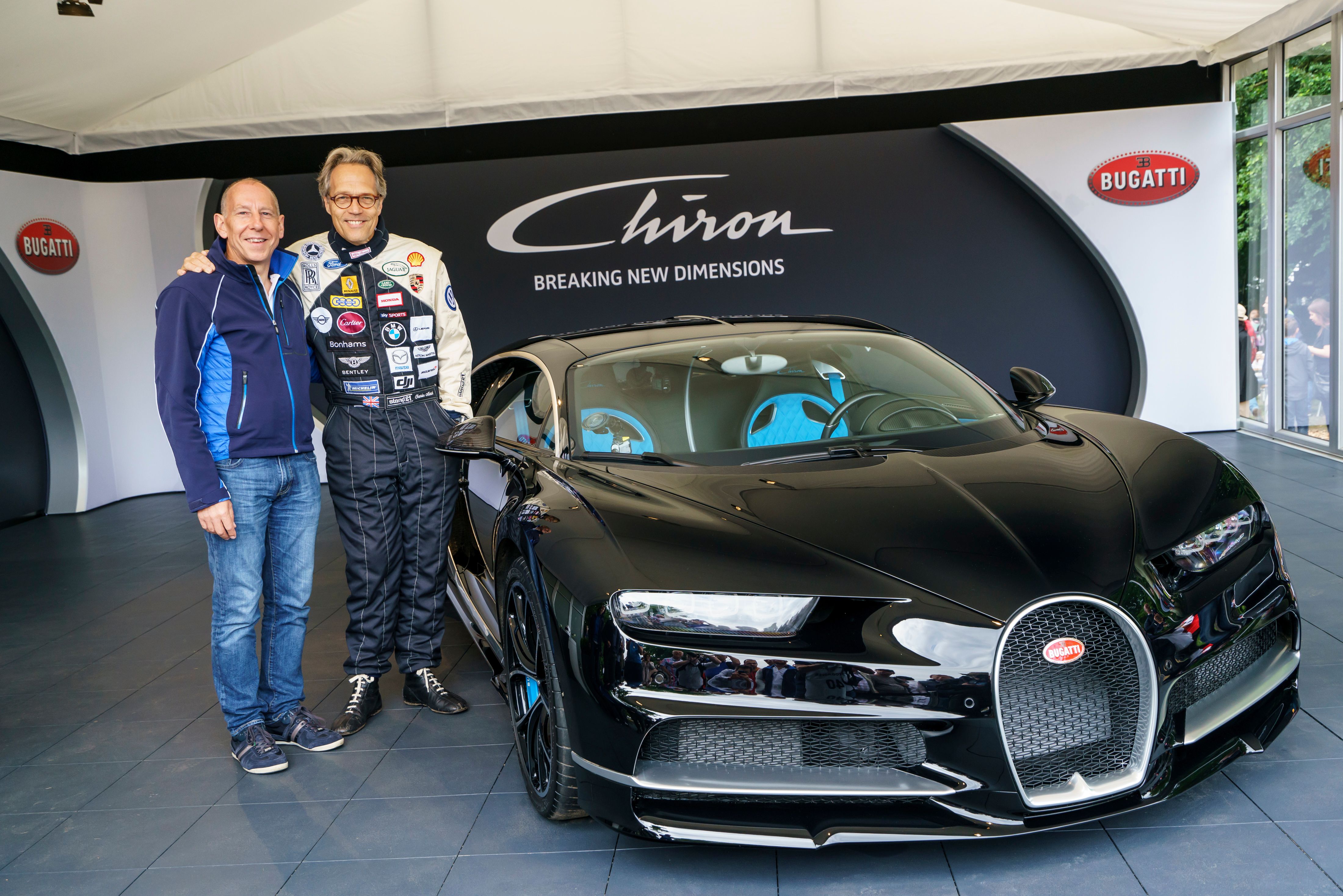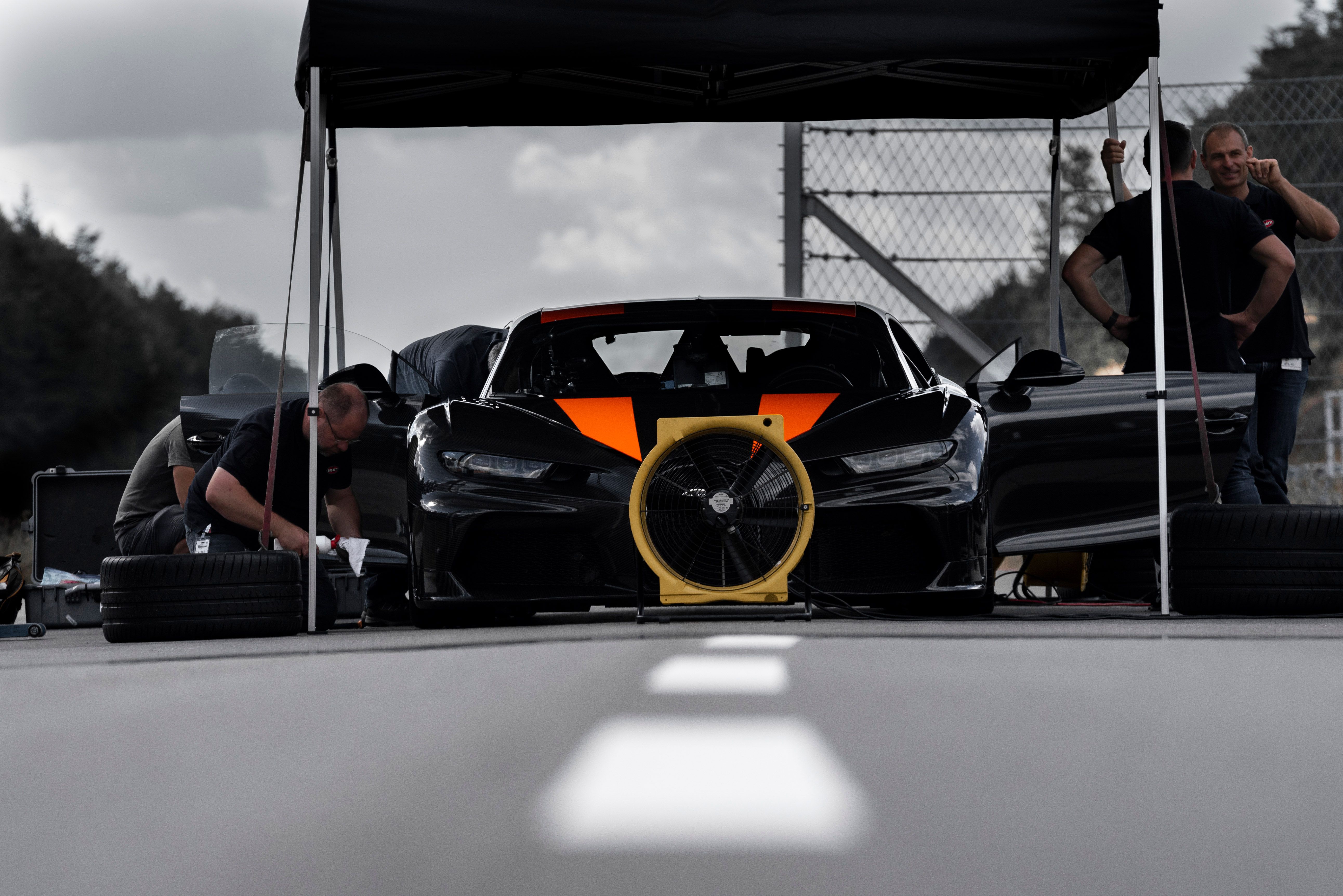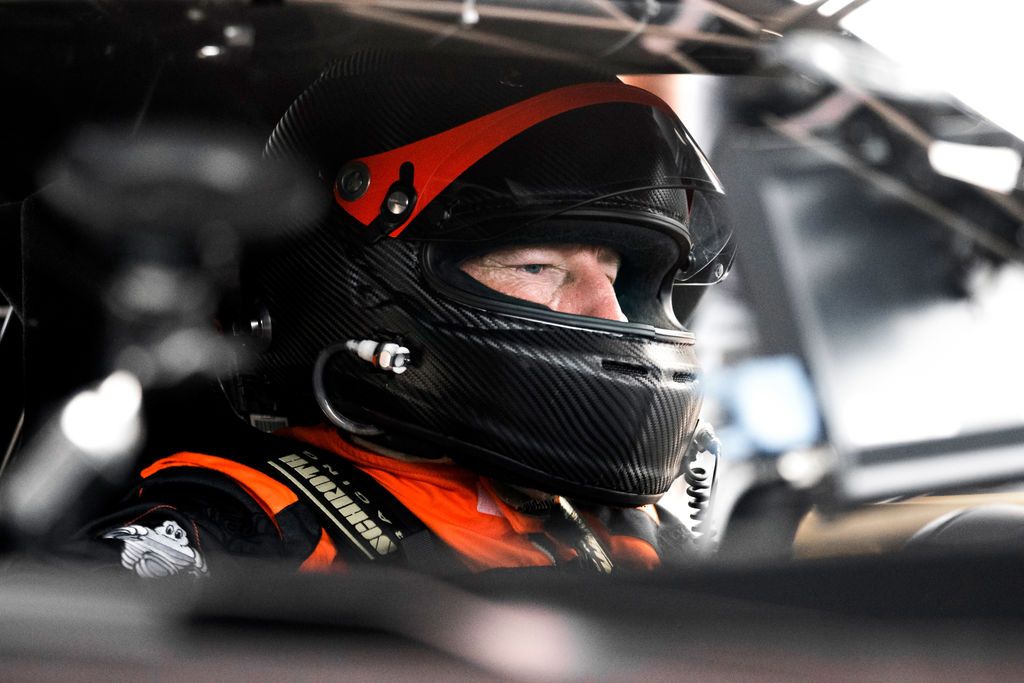Have you ever stopped to consider just how much risk was involved in Bugatti’s record-breaking attempt with the Chiron Super Sport? We mean, the entire team behind the 300+ mph run did an outstanding job in not leaving any loose ties as expected, but even with all the preparations in the world, things were pretty close of going sideways in an instant. Or should we say airborne instead?
Cultured race driver Andy Wallace, the one who steered the Chiron Super Sport towards reaching the mind-shattering speed of 304 mph (490 km/h), has revealed that at some point doing the run, he “jumped the Chiron” at 277 mph (447 km/h).
What do you mean he JUMPED the Bugatti Chiron at 277 mph?
Speaking to Australia’s Which Car, Andy Wallace explained how the incident occurred and what was his reaction.
“There is a surface change , and I was calling it a ramp and jump, and everyone was wondering why I was calling it that,” Mr. Wallace told Which Car. Come to think of it, this adds a whole new dimension to the attempt; the fact that Andy Wallace knew about that particular spot and still agreed to get behind the wheel speaks volumes about his bravery.
Looking to confirm the pro driver’s claims, Bugatti’s technicians had a closer look at the data and it turned out there really was a jump that occurs at 447 km/h (277 mph) on that fast run, according to the same source. What causes it? Well, it looks like the asphalt that covers the Ehra-Lessien test circuit wasn’t laid out all at once.
As Andy Wallace explains, the track “goes from a nice smooth surface, to an older surface.” That means the asphalt is not properly levelled and coupled with the extreme pace the Chiron Super Sport was travelling at, resulted in the car coming off the ground for a brief moment and then landing back on its four wheels. Fortunately, it didn’t stop the Chiron in its tracks, and that’s also due to the ginormous level of composure displayed by the driver.
Andy Wallace was even kind enough to reveal that there’s actually just one solution to counter the effects of a jump, regardless how brief it might be - it goes without saying that at 447 km/h (277 mph), the slightest mistake or hesitation can strike the difference between victory and disaster: “You can’t lift though. In fact, lifting makes this much worse, because then you get a pitch change at the front and gives you a whole heap of trouble.” So, it turns out that in these circumstances, Colin McRae’s “when it doubt, flat out” maxim fits like a glove.
Joke aside, we can’t even imagine how a less experienced driver would have reacted to such a situation. That’s before vectoring in the fact that driving towards 300+ mph is in itself a daunting task. In fact, of the sea of factors the driver and the technical crew must take into account, wheel spin is perhaps the most crucial.
So, for example, if you’re driving at such speeds and happen to go slightly off course, once you input a correction in the steering wheel, the car will respond to your command but it will also continue to move to the side, which also needs a correction. Throw in the fact that the smallest nudge of the steering wheel makes the car react completely different at 250+ mph than it does at 50 mph and you’ll just begin to realize just how much work and concentration the driver must put in during a speed record attempt.
Who is Andy Wallace and why is he the perfect choice for a Bugatti Chiron record-aiming run?
For starters, he’s driven the Chiron for around 70,000 miles. He’s also Bugatti’s main test driver and the person in charge of customers handouts. So to say he’s accustomed with the car and knows its behaviour and quirks inside-out would be an understatement.
The British race driver was born on February, 19, 1961, in Oxford, England and has been racing since 1979. In 1986, he won the British Formula 3 title and two years later, in 1988, he led Jaguar to victory at Le Mans, together with Jan Lammers and Johnny Dumfries. He then went on to finish on the Le Mans podium on three more occasions, while also spearheading Bentley’s return to the competition in 2001 and 2002.
Further Reading
The Bugatti Chiron Has Officially Broken 300 MPH, But It's Not a Production Model
Read our full review on the 2018 Bugatti Chiron.
Read our full review on the 2018 Bugatti Chiron Sport.




